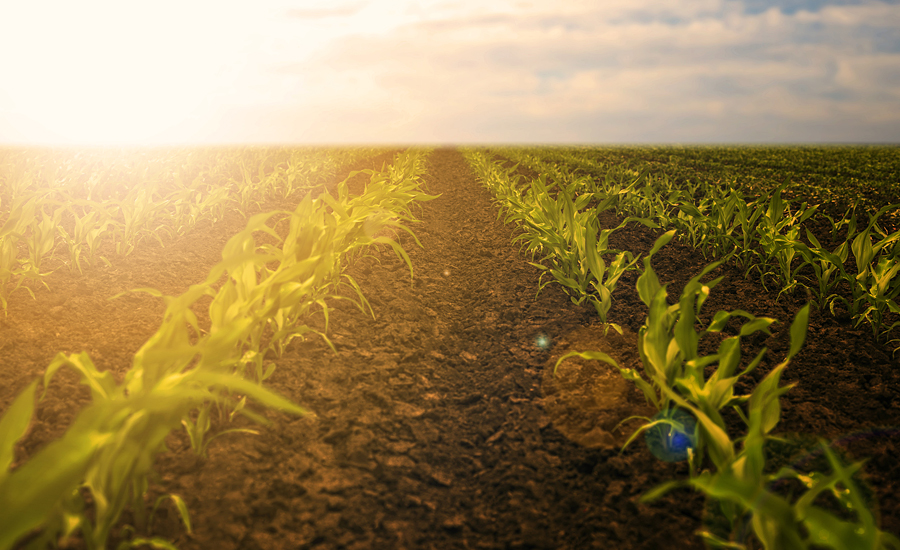Global Cold Chain Alliance helps to maximize crop utilization, edible food recovery
While it’s estimated that less food is lost on farms, the lack of data quantifying this loss in different crops makes it difficult to validate estimates, identify drivers and define cost-effective solutions.

World Wildlife Fund (WWF), Washington, D.C., the Foundation for Food and Agriculture Research (FFAR), Washington, D.C., and the Walmart Foundation, Bensenville, Ark., announced a research program to maximize crop utilization and edible food recovery.
With two grants from FFAR and the Walmart Foundation totaling $1.3 million, WWF will work with research teams nationwide, including University of California (UC Davis), Davis, Davis, Calif., and the Global Cold Chain Alliance (GCCA), Alexandria, Va., to identify opportunities for producers to increase the proportion of crops that are harvested and delivered to the highest value destinations.
While it’s estimated that less food is lost on farms, the lack of data quantifying this loss in different crops makes it difficult to validate estimates, identify drivers and define cost-effective solutions. Over the next 22 months, research teams aim to bridge those data gaps and test interventions to maximize crop utilization and profitability on farms.
“Our nation’s producers work hard every harvest to provide food, fuel and fiber to our economy, but they don’t always see the same return on investment,” says Sally Rockey, FFAR executive director. “This on-farm research will uncover opportunities for growers to do more with the same resources. I look forward to practical results that will bolster bottom lines for farmers and deliver more nutritious food to dinner tables.”
As part of the first phase of the program, researchers at UC Davis will work with farmers to gather their input on strategies and opportunities for maximizing crop harvest and use. Their research focuses on leafy greens, peaches and tomatoes. UC Davis will also quantify the environmental impacts from seed to harvest for each of these crops. A team led by WFLO will collect qualitative and quantitative data and organize field studies to estimate on-farm and post-harvest losses and identify the current destinations of produce that never makes it to someone’s dinner plate or another end use. Initial research will focus on the harvesting of potatoes in Idaho and Eastern Oregon, tomatoes in Florida, romaine lettuce in Arizona and peaches in New Jersey.
“The best way to feed people without putting more stress on our environment is to increase the availability of food that has already been produced,” says Jason Clay, WWF’s senior vice president of markets and food. “Each bite that doesn’t reach consumers represents a loss of the natural resources—and money—used to produce it. We’re grateful to the Foundation for Food and Agriculture Research and Walmart Foundation for supporting research that can help promote more efficient use of land, water, energy and natural resources, and deliver more crops to the highest value destinations.”
Researchers will use the Community System Assessment Methodology, Life Cycle Assessment and the World Resource Institute’s Food Loss and Waste Standard to ensure consistent reporting across different in-field and supply chain measurement methods and to facilitate collaborative research and interventions. The project aims to collaborate with other farm-level research projects and pilots within the food rescue community.
“We’re proud to support this research to find ways to deliver more crops from field to plate,” said Eileen Hyde, director of Walmart Giving. “This program aligns with the Walmart Foundation’s philanthropic work to address gaps in the food system upstream to prevent food waste.”
Looking for a reprint of this article?
From high-res PDFs to custom plaques, order your copy today!




